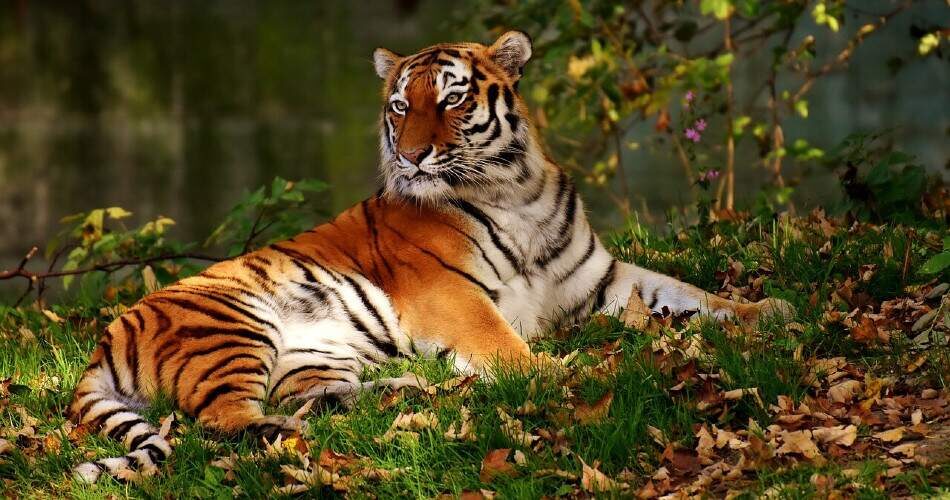Estimated reading time: 4 minutes
Both animals and plants are two life forms that face the real everyday threat of extinction if we continue to cut down forests and rainforests like we are at the moment. In this article, we will explore what we are actually doing to threaten both animals and plants, and what will happen if we continue at the rate we have been for the last few decades.
It seems that we cannot turn on the news without viewing an animal in danger of extinction. Most recently the dangers have reached the black rhino, South China tiger, and ironically the common sturgeon. In fact, there are now 1200 species on the International Union for Conservation of Nature red list. This list has been drawn up to show what animals are in danger of extinction. There are further lists to show what animals face extinction in the very near future if we continue to live the way we live.
Factors leading to extinction
- Destroying of habitats
Without a doubt, the biggest reason for both animal and plant danger is because we continue to cut down forests and places of natural beauty at an alarming rate. Did you know that we cut down 150 acres of forest every single minute of every day, which is 69,000 acres in total every day? To put that in perspective, we are cutting down an area the size of the Maldives every day, which is a truly shocking fact. It is believed that 1200 animal and plant species perish every single day because of the amount of damage that we do to forests.
We cut down, burn, and make the land around the areas that we mine inhabitable to gain mineral resources and fossil fuels. Endemic organisms almost instantly perish under the new environments because their organisms are not found anywhere else, and they have based their survival on their surroundings. This means that as soon as we destroy their surroundings, they die in their new living space.
Not only do we destroy the land for resources, but we also destroy plenty of trees and plants on a daily basis to erect buildings and other manmade structures, this is mostly due to the rapid expansion of the global human population.
- Hunting
Hunting causes the potential extinction of hundreds of different animal species every single year. It is believed that illegal hunting is doing as much damage as deforestation in some areas, and when you look at the statistics above you will understand why this is a chilling figure.
Hunting is carried out mostly in Asian and African countries to source food, medicine, and animal skins that are valuable. We are all more than aware of Japans ″research″ on both dolphins and whales where they kill them for ″scientific research″. Japans reasoning behind their need to hunt is to determine that the whale population is in fact increasing! Yes, they kill them to find out that the whale population has improved. This hunting is illegal as whaling was made illegal in 1986, but Japan continues to hunt on a daily basis.
The future
When you look at the outlook for the above problems the world becomes a scary place. In the next 30 years, it is expected that we will have to increase our agricultural output by 50%, but it is believed we have already used 98% of the land available, this means we will have to run at 148% capacity, which is not possible without destroying the land.
Unfortunately, it seems that green groups and protestors will lose in the short run but may have a victory in the long run. It does not appear that there is an answer to the destroying of habitats just around the corner, but there does appear to be answers in the long run. People need energy to live, and the only way it can be provided to the level we require it is deforestation. However, with the introduction of solar and wind power, there may be an answer in the long run.
The solution
For the here and now it seems like there are a few solutions. Unfortunately, none of them are wonderful solutions that will solve the problem overnight, but they could help in the long run. First, it seems that governments need to protect more areas of forest and rainforest, then we need to make sure family planning programs are introduced to areas that are growing at alarming rates, and the final longer-term method is to discover how to re-use land more than we are at the moment.
There is no doubt that an answer needs to come from somewhere. We all hope that the introduction of solar and wind power will be quick enough so that we can save plenty of forests and areas of natural beauty, so that both plants and whole species of animals do not become extinct.
If you want to find out how humans affect the ecosystem, check out our article on this topic: How does humans affect the ecosystem?
[Photo from Pixabay]
